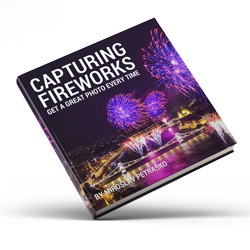So it’s not all just landscapes and architecture here, for today I chosen a little different photo. So yes, sometimes there are also people in my photos. It’s a nice change from time to time.
I took this one in the Botanical garden in Bratislava, where I did a little photo-shoot with Alexandra. I love shooting with natural light, and it’s the same here. It was a lovely sunny day, and the sun gave a great back-light, which I countered with a weak fill in flash from the front. I also used the Canon 70-200mm F2.8 lens, which is just so great for these type of photos. It’s very sharp and also gives a very lovely bokeh. Of course this is not HDR, this was edited mostly in Lightroom, with few minor tweaks and sharpening in Photoshop.









